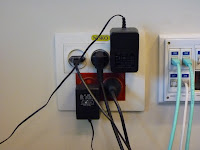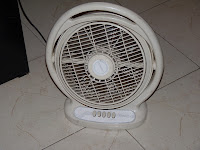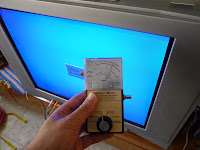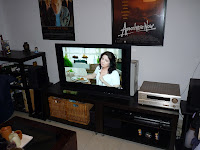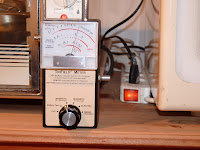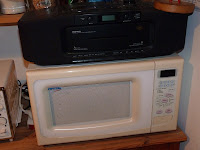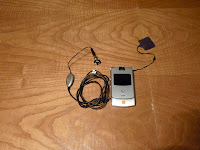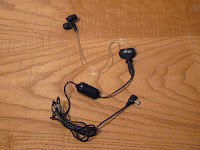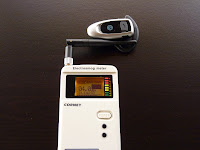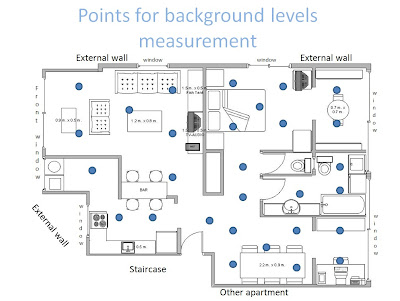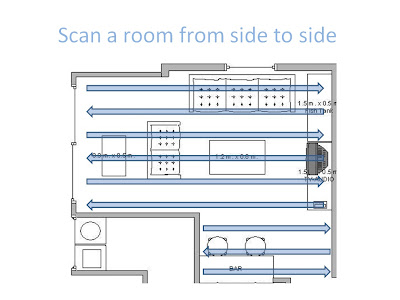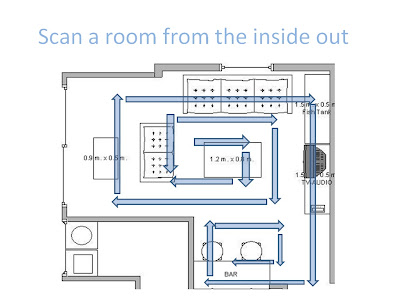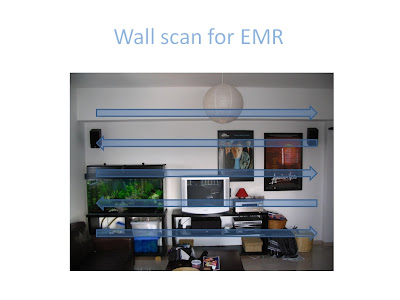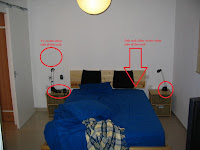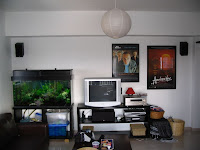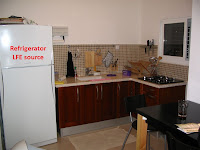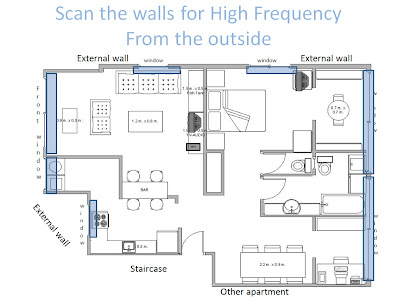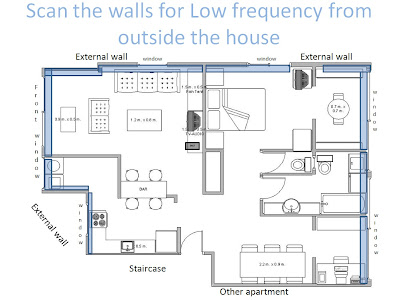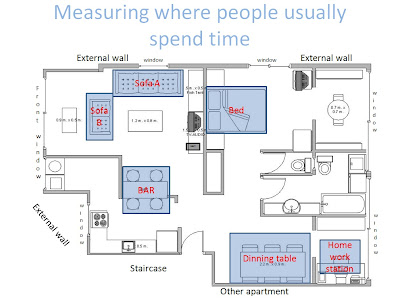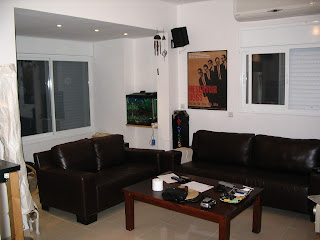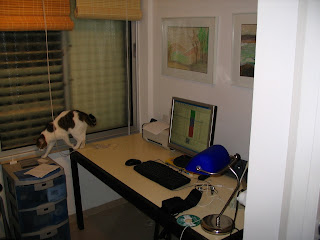Electric appliances make our life easier and simple. 50 years ago there was a saying "more electricity less work to do". Electric home appliances do our hard work, entertain us, heat our food, heat the house at winter and cool it in the summer. Electric home appliances help us do every task and chore very easily and faster. But all electric appliances emit electromagnetic radiation in low frequency (eclectic network frequency) and some also in high frequency (cordless phones, Wi-Fi router, laptop, microwave ovens). We need to know when and why these appliances emit electromagnetic radiation. We need to keep safe distance and to find ways to limit and to avoid unnecessary exposure to electromagnetic radiation.
Electromagnetic field is created around every electric conductor (a metallic wire for example) when an electric current is running through it. As higher the current is the higher the electromagnetic radiation will be. The frequency of the electric current will be the frequency of the electromagnetic radiation, usually at the same frequency of the electric network at around 50 or 60 Hrz. The levels of electromagnetic radiation in low frequencies drops as you move away from the source.
In electric appliances, there are a lot of wires, electronic components, electronic board and power convertors. When the device is turned on, and in some of the cases even when turned off, those components and wires emit electromagnetic radiation in the frequency of the electric network (mainly).
It is important to remember that low frequency radiation passes easily thought walls. Therefore the location of the home appliances in the house is very important. If located wrongly people living in the house can be exposed to high levels of electromagnetic radiation.
Electromagnetic radiation emitted from electric appliances in standby mode.
Most home appliances emit electromagnetic radiation in low frequencies and uses electricity even when they are connected to the electricity network and turned off (standby mode). The way to reduce the electromagnetic radiation and the electric waist is to cut the power supply off. In order to do that you need to unplug your devices from the electric socket when not in use. This operation is both not easy and can be dangerous since you increase your chances of getting electrified. A multi socket with a power switch allows you to switch off the power supply to all the devices connected to it, easily and with no risk. A multi socket with a power switch is not very expensive (~US$10) and installing it is very easy. In this way you can easily save some electricity and also reduce the electromagnetic radiation emitted from the home appliances while in standby mode. Cutting off the power supply of home appliances in standby mode can also protect them from power bursts and lightning strikes.

